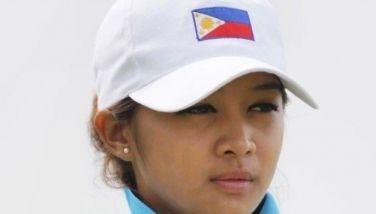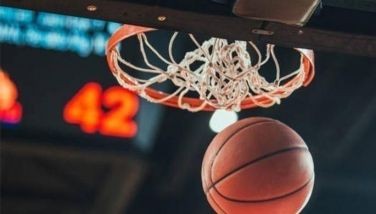The 10,000-hour rule
Over the last two weeks, we devoted our column to the so-called debate between “nature and nurture†in sports using the experience of people in other fields like music to highlight certain points. The impetus for these two columns is the book, “The Sports Gene: Inside the Science of Extraordinary Athletic Performance,†written by David Epstein, senior writer of Sports Illustrated (SI). The book examines whether genes or constant training and practice are mainly responsible for athletes dominating their sport.
Epstein asks, are stars like Usain Bolt, Michael Phelps genetic freaks put on earth to dominate their respective sports? Or are they simply normal people who overcame their biological limits through sheer force of will and obsessive training? For answers, Epstein refers to research on the effects of practice and training on musicians done in 1933.
Epstein states that three psychologists did a study of students in the Music Academy of West Berlin (Berlin, in fact, the whole of present Germany, was divided into the democratic west and communist east), which had a global reputation for producing world-class violinists. The psychologists tried to correlate the relationship between the skill level of violinists and their average accumulation of practice time alone (the kind of practice that is often done in solitude).
Their conclusion, reinforced by a parallel study on pianists, is that “what might have been construed as innate musical talent was actually years of accumulated practice.†Another important study that strengthened that conclusion was performed by psychologist K. Anders Ericsson in his paper, “The Role of Deliberate Practice in the Acquisition of Expert Performance.†In that paper, Ericsson suggested that accumulated hours of practice were masquerading as innate talent in both music and sports.
Ericsson later came to be viewed as the father of the “10,000 hours†to expertise rule or the “deliberate practice framework,†as is often known among those who study skill acquisition.
Epstein adds that he eventually became acquainted with Don McLaughlin who, at 30 in June 27, 2009, quit his job as commercial photographer in Portland, Oregon, to take up golf and put the 10,000 hour rule to a very personal test.
According to Epstein, McLaughlin’s golf experience over the previous three decade consisted of two childhood trips to a driving range with his older brother. Save for some youth tennis and a season of cross-country running in high school, McLaughlin hadn’t been a competitive athlete. At 5’9â€and 150 pounds, Epstein stresses that McLaughlin wasn’t particularly gifted and in McLaughlin’s own words, “I’m kind of just a very average-type of person.â€
McLaughlin was inspired, according to Epstein, by what he read of Ericsson’s work in the bestsellers, “Talent is Overrated,†by Geoff Colvin and “Outliers†by Malcolm Gladwell. He read about the 10,000-hours rule, the magic number of greatness, as it is called by “Outliers,†and about the idea that skills that appear to be predicated on innate gifts are nothing more than the manifestations of thousands of hours of practice.
Epstein continues, “And so, it was that on April 5, 2010, McLaughlin logged his first two hours of deliberate practice toward his ultimate goal of going pro and making the PGA Tour. His plan (was) to log every single hour along the path to 10,000 and to show that “there’s no difference between experts and me, or other people, not just in golf, but in any field. If I were over six feet tall, that might not speak to most people, but I’m not a normal guy.â€
As of the end of 2012, McLaughlin had logged 3,685 hours under what he calls “The Dan Plan.†He hopes to hit 10,000 hours by 2016 and join the PGA Tour qualifying tournament and eventually get his PGA Tour card.
The Plan started with using the putter and only the putter for the first three months. He gradually moved farther and farther from the hole, using the longer clubs along the way. McLaughlin’s now using all 14 clubs and has a handicap of 12 at the Columbia Edgewater club which gave him a membership. Nike has also become a sponsor.
In an interview with Rick Lipsey, writer-reporter of SI, McLaughlin says his morning consists of working on different clubs on the range for about an hour. He however has a specific purpose like trajectory. Then he does an hour on the short course and plays nine holes on the big course. He then plays the three worst lies. After lunch, he works on the short game followed by another hour of putting. He does all these six days a week.
Asked what was the genesis of the Dan Plan, McLaughlin said, among other things, “I wanted to prove anything’s possible if you’re willing to put in the time. I eventually found Dr. Ericsson’s 10,000 hours of deliberate practice theory and decided to do that.â€
It seems the Lady Eagles used that same formula to win their first ever UAAP women’s volleyball crown. Congratulations!
- Latest
- Trending






























